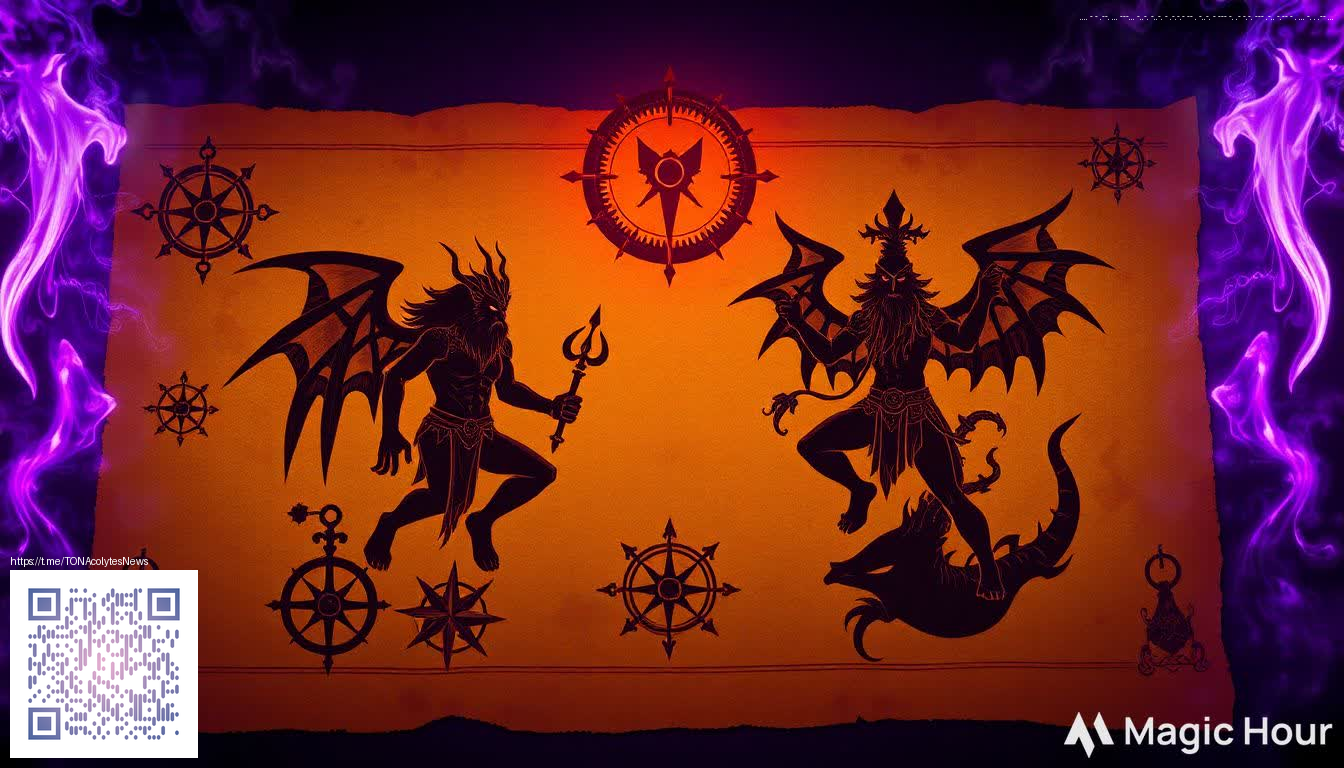
Elevating Cricut Creations with Digital Paper Backgrounds
Digital paper backgrounds offer a fast, flexible way to set the mood for any Cricut project. Instead of hunting through physical scrapbooks or printer paper, you can curate a library of patterns and textures in seconds, then resize, recolor, or reflow them to suit your cut file. This approach not only streamlines your workflow but also empowers you to experiment fearlessly—seeing how florals, geometrics, or tactile textures interact with your designs before you commit to material waste.
When you plan a project, start by establishing a palette. Think about the story you want to tell: a warm, rustic vibe with kraft tones; a playful, pastel scene for kids’ crafts; or a bold, high-contrast look for event decor. Digital backgrounds let you test these directions rapidly, so your final piece feels intentional and cohesive. As you become more confident, you’ll notice patterns that sing in combination with particular shapes, and you’ll develop a mental catalog you can reuse across projects.
Picking the Right Backgrounds for Cricut Design Space
- Scale matters. Large patterns work beautifully as backdrops for panels, while smaller repeats excel for tags and labels. Adjust the tile size to keep the pattern from overpowering the cut file.
- Color balance is your friend. Neutral backgrounds pair well with vibrant foil or vinyl accents, whereas saturated patterns can serve as the focal element when paired with white or clear materials.
- Texture vs. solid. Mix textured looks with solid color blocks to create depth in layered projects such as mini albums or decorative boxes.
- Quality and resolution. Use high-resolution files (300 DPI or higher) when you plan to print or generate precise cut lines, reducing the risk of fuzzy edges on intricate designs.
“A well-chosen digital background is like setting the stage for your cut file—the pattern whispers the story you want to tell.”
In practice, you’ll import your digital paper into Cricut Design Space as an image layer and use it as a backdrop or as a clipped element behind your shapes. The flexibility to rotate, recolor, or mask portions of the background lets you tailor the aesthetic without regenerating artwork from scratch. This approach is especially handy for seasonal projects or client commissions where color themes shift from month to month.
Workflow: From Screen to Cut
Begin with a short planning sketch. Decide where the background will live in relation to your cut file and whether you’ll print the background on a backing material or leave it as a digital layer for vinyl or iron-on applications. A typical workflow looks like this:
- Choose a digital paper that aligns with your project’s mood and the material you’ll use.
- Import the background into Design Space and position it behind your cut elements.
- Lock the background layer in place using Attach or Flatten to keep alignment intact during cutting or printing.
- Experiment with transparency and masking to reveal only portions of the background, creating layered depth.
- Test on a small scrap before committing to the final material to ensure the scale and color read well on your chosen substrate.
For inspiration, many crafters enjoy pairing these backgrounds with real-world accessories to elevate a finished piece. For example, you could customize a MagSafe phone case with a card holder by applying a cleverly cropped digital background as a decorative wrap or inner lining. If you’re curious, you can explore the product here: MagSafe Phone Case with Card Holder.
Beyond gadgets, digital backgrounds shine on journals, gift tags, bookmarks, and home decor. The beauty lies in their adaptability: you can design a single background and adapt it across multiple projects with only a few tweaks to scale, color, or layer order. This makes your Cricut workspace feel more like a flexible studio than a batch of one-off tasks.
As you build your library, remember to respect licensing and usage rights for any digital assets you download. With thoughtful organization—tagging by color, pattern, and recommended materials—you’ll create a workflow that saves time and sparks creativity for months to come.